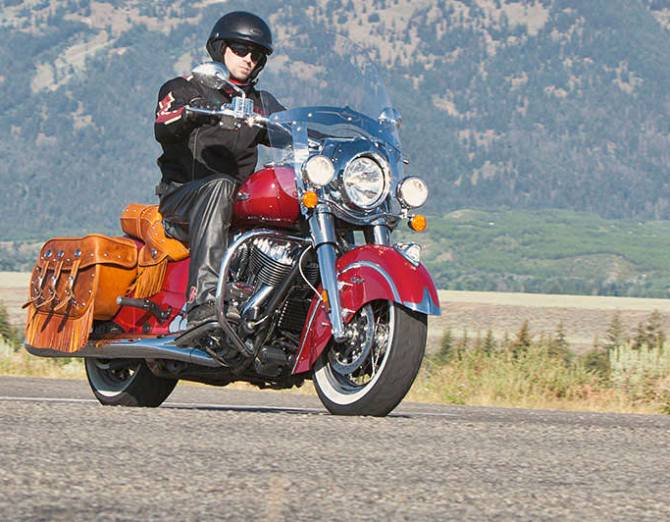 | « Back to article | Print this article |
While buying a policy a customer should make sure s/he reads the terms and conditions very well. That is important because whatever is in the policy determines what the company is liable to cover.

Two wheelers form an integral part of Indian roads. Ranging from affordability to passion to style statement, reasons for buying a two wheeler are many for the customer. The ever persistent demand for this vehicle also increases the need and knowledge about its insurance.
Most of the insurance covers offered in the market offer protection for the loss of vehicle, damage to vehicle parts, wear and tear, from any man made or natural reasons. But the cover for losses to the driver, pillion, or third party varies from one policy to another.
For better understanding of insurance, there are a few terms which are to be understood, namely.
a. First Party: refers to the insured and the vehicle.
b. Second Party: refers to the insurance company
c. Third Party: this is the most important and covers any person or property the damage/ death to which is covered under this.
Major factors to consider while buying two wheeler insurance are:
1. Cover: This is the liability of the insurance company on behalf of the insured. This is the maximum amount that the party (first or third whichever is the case) is entitled to receive. Cover is dependent on the type of the policy purchased.
2. Premium: This is the liability of the first party to pay to the second party. This is dependent on various factors like age of vehicle, city of registration, model, year of make, etc. For instance a Yamaha FZ1 will have a higher premium than a Bajaj Pulsar while much less than a Harley Davidson, or a Hayabusa. Premium is regulated by Insurance Regulatory Authority of India so there is not much of a difference there across various company.
3. Coverage: Coverage deals with the damage, and it is also pretty much the same in all the insurance companies, it includes loss or damage due to natural calamity, loss or damage due to man made calamity, personal accident cover and third party liability.
4. Exclusion: This is just as vital as coverage, and enlists what all cannot be claimed for. General aging, wear and tear, depreciation, negligent use of vehicle, damage to/by vehicle under the influence of drugs or alcohol, damage to/by a person driving without license. Damage due to war/mutiny, and nuclear peril is also not covered.
5. Claims: If and when the damage is under coverage it is the volition of the insured to get the claim. If the claim amount is very small, it is advised not to go for claim, as this deprives the insured to avail no claim bonus (NCB). NCB can be later used to avail discount on premium. NCB can also be transferred if the person wants to change the insurer.
6. Documentation: Another vital factor while making a claim. The vehicle registration, the copy of FIR, copy of insurance policy are required.
Photograph: Indian Motorcycle